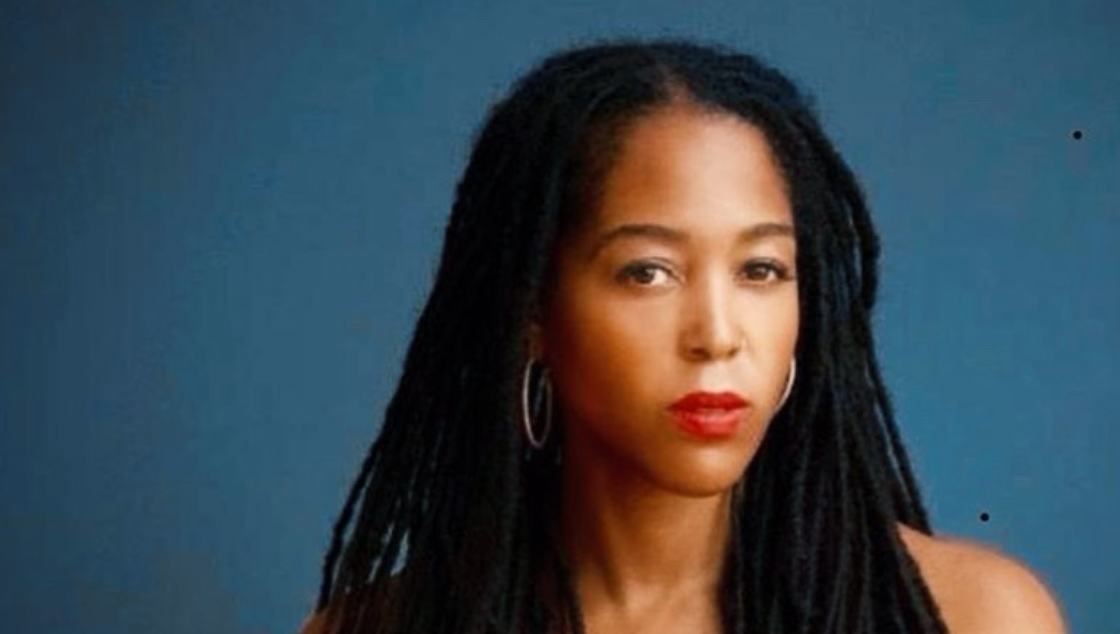[ad_1]
Black culture has become the muse for many artists around the world. However, the professionals that make up the industry do not often reflect the same diversity. One woman has made it her mission to disrupt the art world by celebrating Black art.
Alaina Simone, the owner of an art consulting agency, is centering Black artists on the mainstream stage. Her love of art came from seeing a different side of life outside of the traditional working roles like her parents had.
“I remember seeing Alvin Loving as a very small child, who was a friend of my family in Flint, Michigan, at a gathering and being intrigued by the man with the locks and jeans. He was the coolest at the party, and I was beyond curious,” Simone tells BLACK ENTERPRISE via email.
“He was completely different from my parents’ friends of doctors, teachers, and lawyers, which was the Black professional crowd. They were teasing him, but he didn’t care. His image is clear in my memory, and I remember wanting to know more because he was so different and marching to his own drum.”
“When I was in college and trying to figure out how to make a living with my interest in art, my older cousin called and said that I should meet a Black gallerist that she met in Detroit. I didn’t know any Black people who owned galleries so that was exciting and gave me hope that I could live my dream of working with artists and figuring out a way to be an entrepreneur in the creative arts.”
Since then, Simone has made a name for herself in the art world, centering around projects that serve as a “catalyst for change,” working with artists from all across the African Diaspora. She says one of the biggest steps Black artists can take is to learn the industry, using that education to create innovative works outside of the Eurocentric gaze.
“I moved from Detroit because I knew that I had to get physically inside the market to understand how it works from the inside out,” she explains. “I suggest that artists at least intern with galleries and art institutions to shed light on the inner workings of the art world.”
“There are many nuances, and I think that sometimes artists tend to romanticize the art world. The market can be a ‘scary’ space for young artists, especially art fairs, which are mainly about watching a massive, primarily Eurocentric public, consume their work.”
Her new advice for young Black artists looking to get their foot in the door: “Don’t give up. Stick to your vision and go for it!”
[ad_2]
Source link

